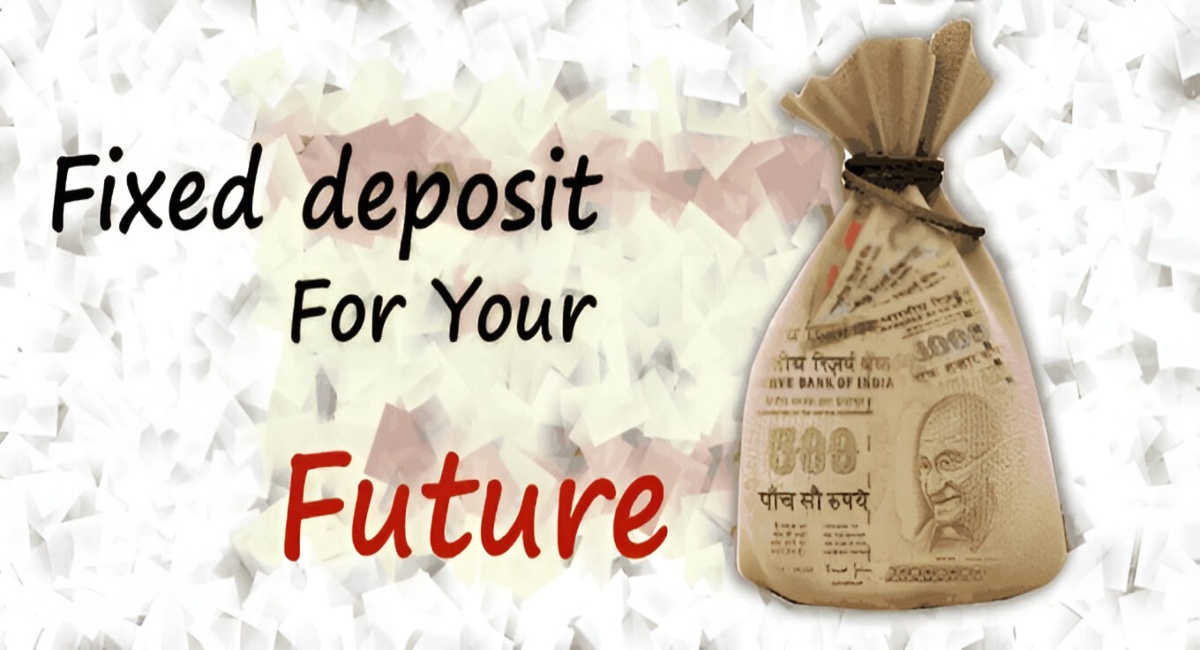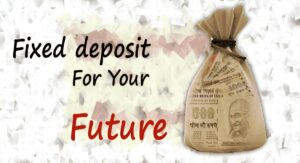As we enter 2025, the landscape for fixed deposits (FDs) is poised for significant change influenced by expected interest rate cuts and evolving economic conditions. Experts predict that interest rates are likely to decline in 2025, following a prolonged period of stability. The Reserve Bank of India (RBI) is anticipated to initiate a rate-cut cycle.
This would lead to lower interest rates on FDs and other fixed-income instruments, making it crucial for investors to lock in current rates before they drop further.
Investment Strategies
Given the outlook for declining rates, investors have a couple of strategic options:
- Short-term FDs: If you believe that rates may rise again soon, short-term FDs could be advantageous. They allow for reinvestment at potentially higher rates later on.
- Long-term FDs: Conversely, locking in current rates with long-term FDs may be wise if inflationary pressures persist. This strategy can safeguard against future rate declines and ensure a stable income stream.
Current FD Rates and Trends
As of early January 2025, several major banks have adjusted their FD rates. For instance, various small finance banks have increased their FD rates for certain tenures, offering competitive returns that may appeal to both general and senior citizen investors. This trend indicates that while the broader market may face rate cuts, some banks are still providing attractive options to retain depositors.
Best Fixed Deposit Rates
Small Finance Banks – interest rates for Regular FD
- North East Small Finance Bank: 9.00% p.a.
- Unity Small Finance Bank: 9.00% p.a.
- Shivalik Small Finance Bank: 8.80% p.a.
- Suryoday Small Finance Bank: 8.60% p.a.
- Utkarsh Small Finance Bank: 8.50% p.a.
- Jana Small Finance Bank: 8.45% p.a.
- ESAF Small Finance Bank: 8.38% p.a.
- Equitas Small Finance Bank, and Ujjivan Small Finance Banks: 8.25% p.a. each.
Private Sector Banks – interest rates for Regular FD
- Bandhan Bank, and DCB Bank: 8.05% p.a. each
- RBL Bank: 8% p.a.
- IndusInd Bank: 7.99% p.a.
- Karur Vysya Bank: 7.60% p.a.
- Yes Bank: 7.75% p.a.
Public Sector Banks
The interest rates for public sector banks generally range from about 6.10% to 7.25% for regular FD, with the State Bank of India (SBI), Punjab National Bank (PNB), and Bank of Baroda (BoB) among the notable PSU banks.
Tax Considerations
The taxation of FD interest remains a critical factor for many investors. Currently, the interest earned is taxed as regular income, which can deter some individuals from investing in FDs. However, there are discussions around introducing tax incentives for FDs in the upcoming Union Budget 2025, which could enhance their attractiveness as a savings vehicle. Such changes could include treating FD interest differently under income tax laws or linking it to long-term capital gains tax.
Key Considerations
- Interest rates can vary based on the tenure of the deposit, with many banks offering higher rates for longer tenures.
- Senior citizens often receive additional interest rates, typically around 0.25%–0.50% higher than standard rates offered to the general public.
- FDs are considered a safe investment option with guaranteed returns, making them attractive for conservative investors.
Should You Invest in FDs?
Investing in fixed deposits in 2025 could be beneficial if you act promptly to secure current interest rates before anticipated cuts occur. Both short-term and long-term strategies have their merits depending on individual financial goals and market expectations. Additionally, potential tax reforms may further enhance the appeal of FDs as a stable investment choice amidst fluctuating market conditions. As always, it’s essential to assess personal financial situations and consult with financial advisors when making investment decisions.


















RRB Recruitment 2025: Apply Online For Over 32,000 Posts
[…] Recommended: Fixed Deposits: Should You Invest In FDs In 2025? […]